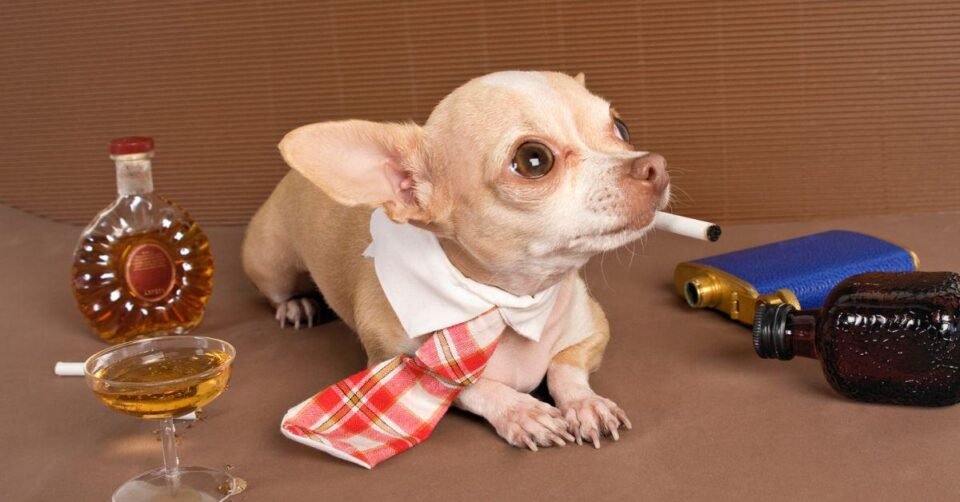We love our dogs…but sometimes, gosh they drive us crazy with their quirks and weird habits!
Before you kick Fido out of the house in frustration, here are some of the bad habits that dogs commonly have, and with a few small tweaks, you might be able to stop them and live happily ever after.
Identify the Habit
Dogs have bad habits for a variety of reasons. Some habits are simply out of curiosity or boredom, while others may be formed out of insecurity or fear. In order to break these bad habits, it is important to identify them and then choose the appropriate response.
Some common bad habits include:
- Jumping up on people
- Chewing on furniture, shoes, and anything that they can get their paws on!
- Excessive digging
- Excessive barking
In most cases, addressing these issues starts with identifying the habit. For example, if your dog jumps up on you regularly, it might be helpful to train him not to do so by rewarding him when he sits down instead.
If your dog is chewing on furniture or other items around the house, you might want to discourage this behavior by removing any tempting objects from his vicinity and replacing them with quality chew toys instead, redirecting his attention to his own toys when he’s happily trotting around with your shoe.
If your dog digs in the dirt or barks incessantly, you may want to use a leash training technique called “come when called” in order for you to quickly correct him when he begins misbehaving.
Once you have identified the habit that needs correcting, it is important to choose an appropriate response. For example, if your dog jumps up on you, it might be helpful to give him a “sit” command.
If you are struggling to break a bad habit in your dog, it is important to work with a qualified behavior professional who can help you identify the habit and then provide an appropriate response.
Stop the Habit
First, be consistent with your commands. If you constantly tell your dog not to chew on furniture, they will eventually learn not to do it.
Second, provide incentives for good behavior. If your dog stops chewing on furniture after getting a treat, they will likely continue to listen in the future. Finally, be patient with your dog and give them time to learn new behaviors. Dogs are often slow learners and may take some time to stop a bad habit completely.
Be Consistent in Your Training
Dogs are creatures of habit. We, humans, are, too, to a certain extent. When we establish a habit, it becomes easier and faster to carry out the same behavior in the future.
Dogs have evolved to be very good at detecting habits in other animals and humans. This is why it is so important for us to be consistent in your dog training in Chapel Hill; if we are not, our dog will quickly learn that certain behaviors get him what he wants, no matter what.
There are a few things that you can do to help make sure that your dog understands your commands and training techniques:
- Be consistent in your delivery of the message. If you say “sit,” make sure that your dog always sits down when you cue him to do so. If you say “down,” make sure that your dog always goes down when you cue him to do so. Avoid using verbal cues as punishment; this will only confuse and frustrate your dog further.
- Use immediate feedback Whenever possible, give your dog clear and concise feedback after he performs the desired behavior – this will help him understand what he needs to do next time. For example, after your dog sits on cue, you might say “Good job! Now stay.”
- Use positive reinforcement Whenever possible, provide your dog with positive reinforcement – verbal and physical gestures such as petting, giving treats, or playing games – after he performs a desired behavior. This will help him learn that performing desirable behaviors is rewarding.
Conclusion
Dogs are wonderful companions and we want to do everything we can to keep them healthy and happy. Stopping these habits are the key to a long, happy and peaceful life together. Good luck!
Also Read: Answers to the Most FAQs before Getting the First Tattoo.


